We know power is essential to run devices, components and other parts of our homes, boats, recreational vehicles and more. What we sometimes don’t know is how to hook the power up to these places in a time of need. Have you wondered how a boat, RV, food truck or mobile home get electricity when parked in a campground or remote location?
Maybe your power went out because of a natural disaster and you need to power your home. You are not going to put your generator inside your home or small space. That can kill you because your generator emits carbon monoxide gas. You need to create safe solutions to power your equipment using, your generator. The biggest question is “How do I power the whole house, RV or boat from an outside power source?” The easiest solution is to use a power inlet or an inlet box.

FOR STATIONARY USE:
Power inlet boxes allow you to get power from your generator to safely enter your house. It is imperative you install your inlet outside your home. You can also close the inlet box when you do not need the generator to power your home. The inlet works in conjunction with a transfer switch.
- This is referred to as a Quick Power Recovery System
You can hardwire your transfer switch inside your home and install your inlet box outside your home. This means when your power goes out, all you need to do is connect your generator to the power inlet box with a cable and adapter, and you can power your home safely and easily.

SAFETY TIP: Keep your generator at least ten feet away from your home and make sure your carbon monoxide exhaust will not be blowing into your windows or screen doors. You don’t want to inhale this deadly gas or have it entering your home. You should NEVER run your generator in your house, garage or any other enclosed area.
FOR MOBILE USE:
There are multiple ways of obtaining the power to your boat, RV, mobile home or food truck. The method you choose depends on location and convenience.
In an RV, boat or foot truck the inlet is detachable and easy to operate as well as maintain. Installation of a power inlet located on the outside of a boat, RV or food truck is necessary to connect the power and can be detached when traveling, for convenience. This style is much easier to replace if something becomes broken.
- This is referred to as a Detachable Style Power Connection System
In your boat or RV, your power inlets are hardwired into your product and will be installed prior to your purchase. They have a little door covering them, all you need to do is open the door and plug the power into your inlet.
The RV power will likely come from the RV park, campground or state park where you have traveled. If you're traveling more remotely and do not have an accessible power source, you can bring your portable generator to provide a power source.
These are the common power sources and hook-ups for power inlets and power connection systems. If you know of any other power connection systems and would like to share them with us, leave them in the comments below.



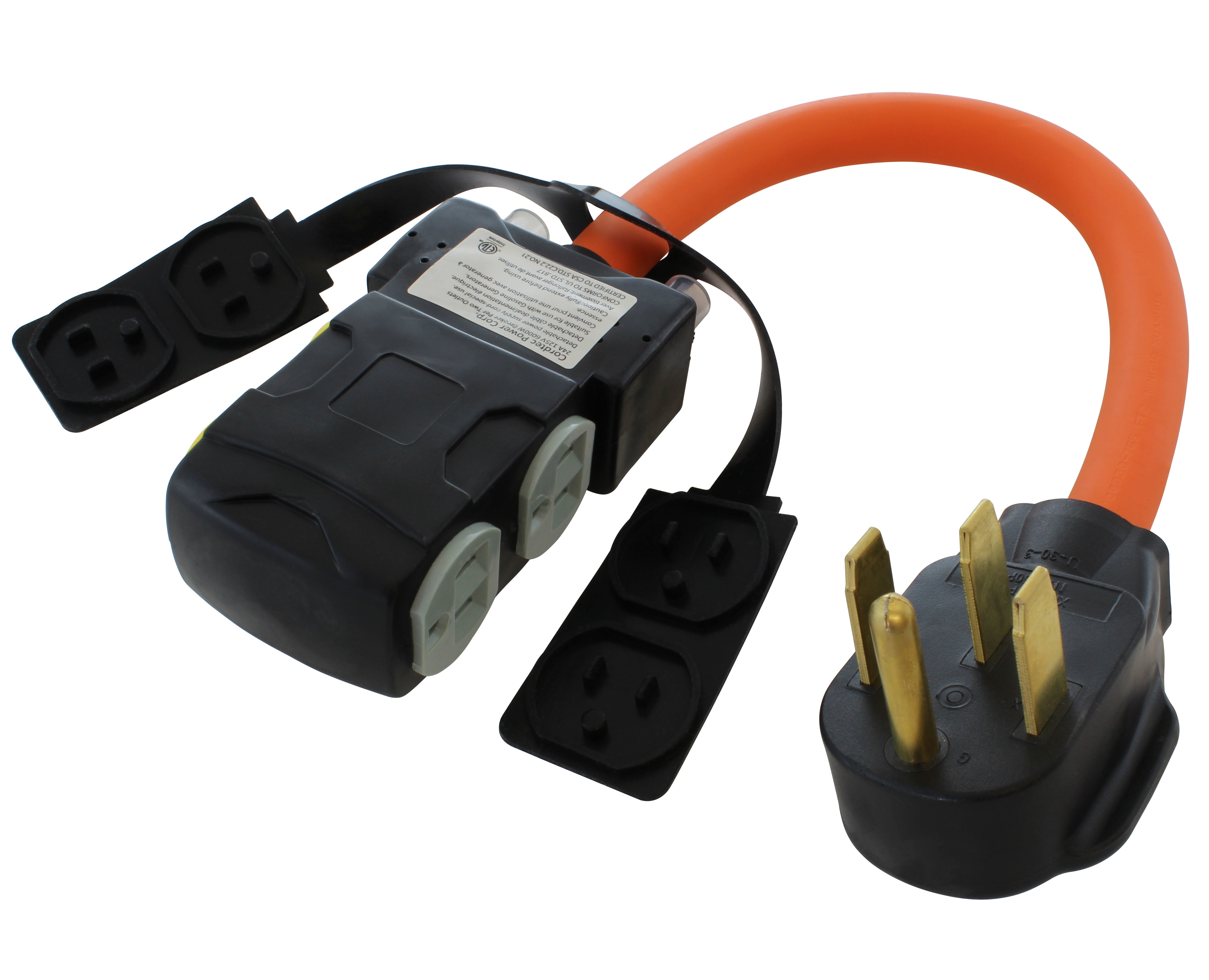
![AC WORKS® [ASINSS2PBX-G] 50A Locking 4-Wire CS6375/ SS2-50 Heavy-Duty Transfer Switch Inlet Box](http://acworks.com/cdn/shop/files/ASINSS2PBX-0_0206b362-7c90-42a5-8754-0685c13dab7e.jpg?v=1758051675&width=2500)

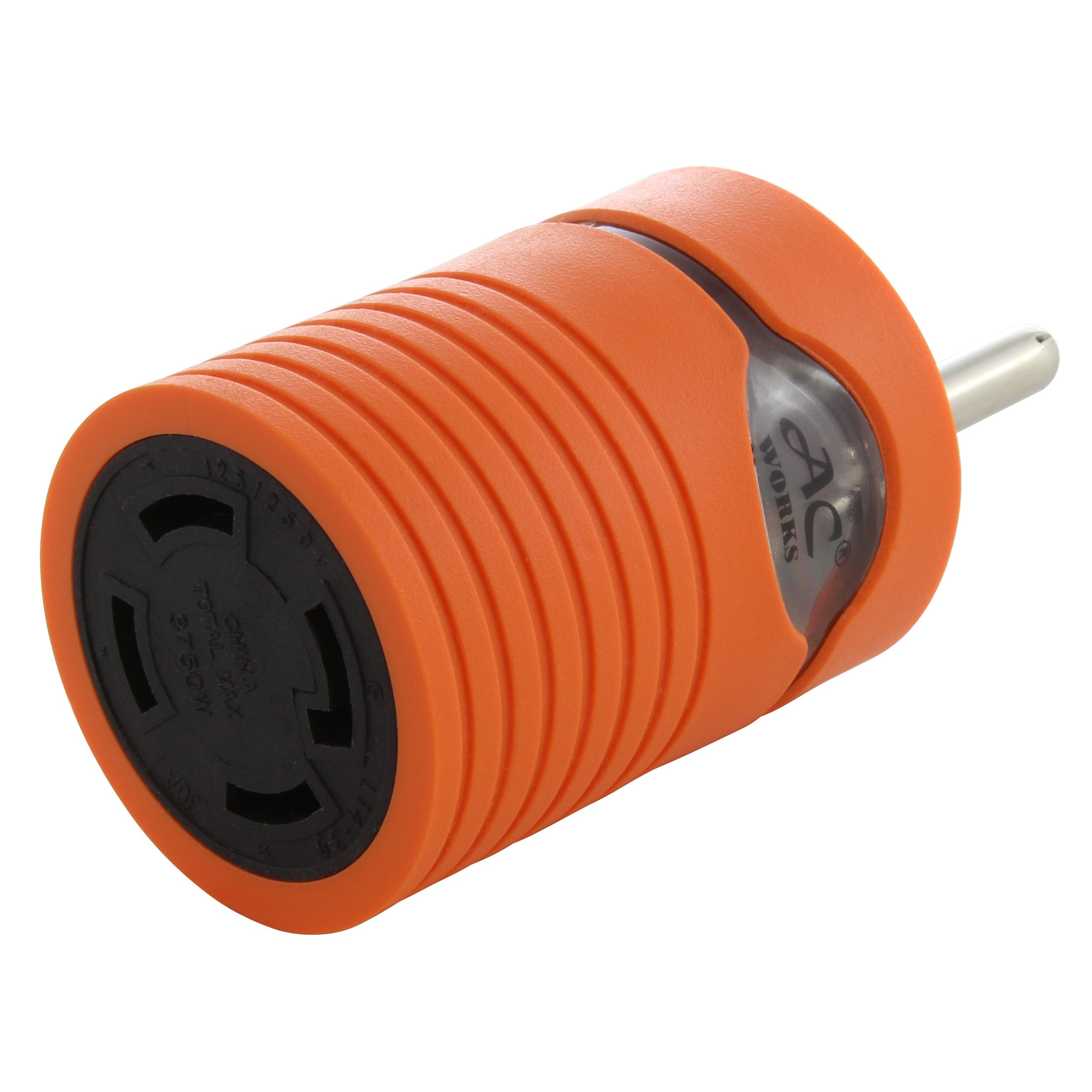
![AC WORKS® [S1430CBF520] 1.5FT 14-30P 4-Prong Dryer Plug to (4) Household Outlets with 24A Breaker](http://acworks.com/cdn/shop/products/S1430CBF520.jpg?v=1666103519&width=4656)
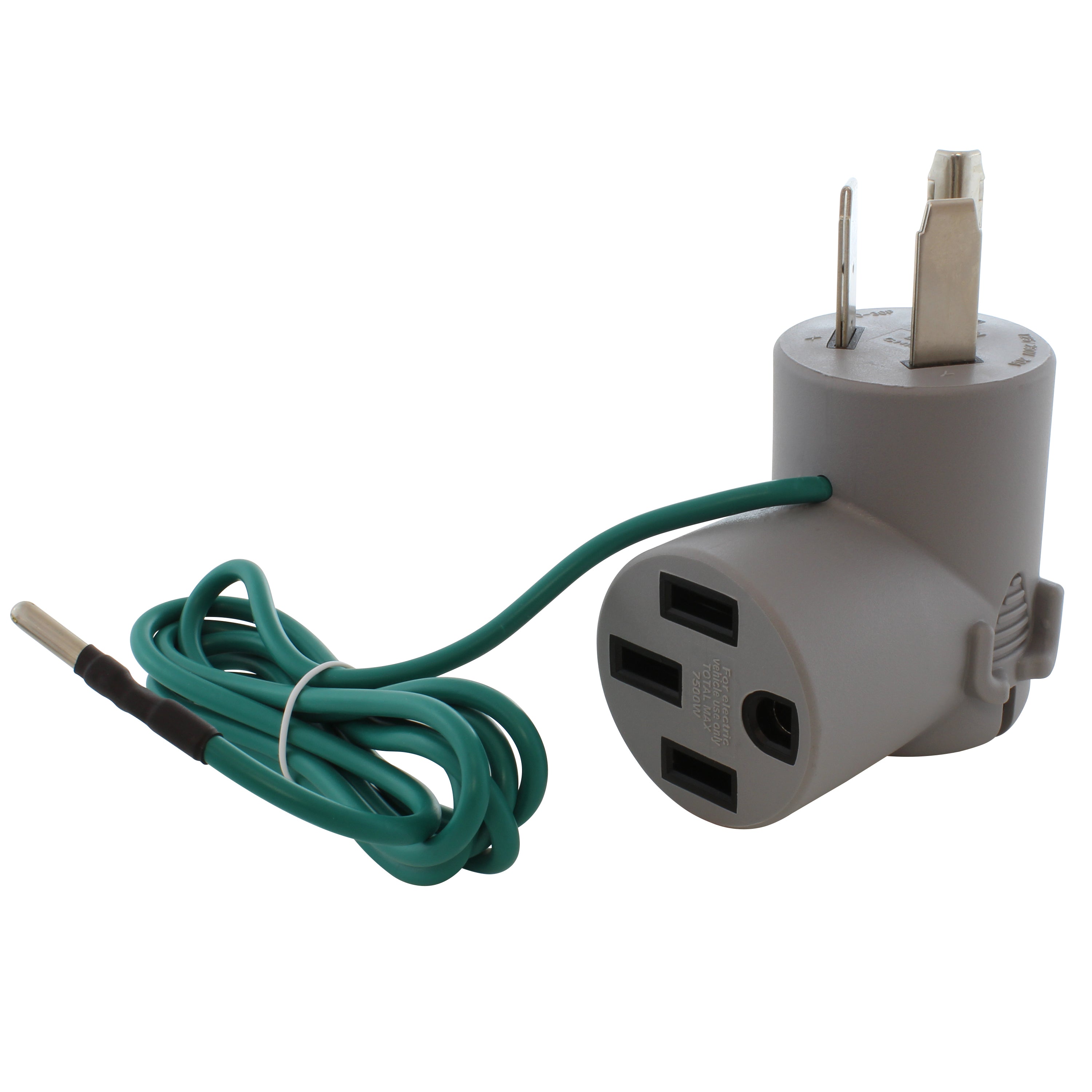
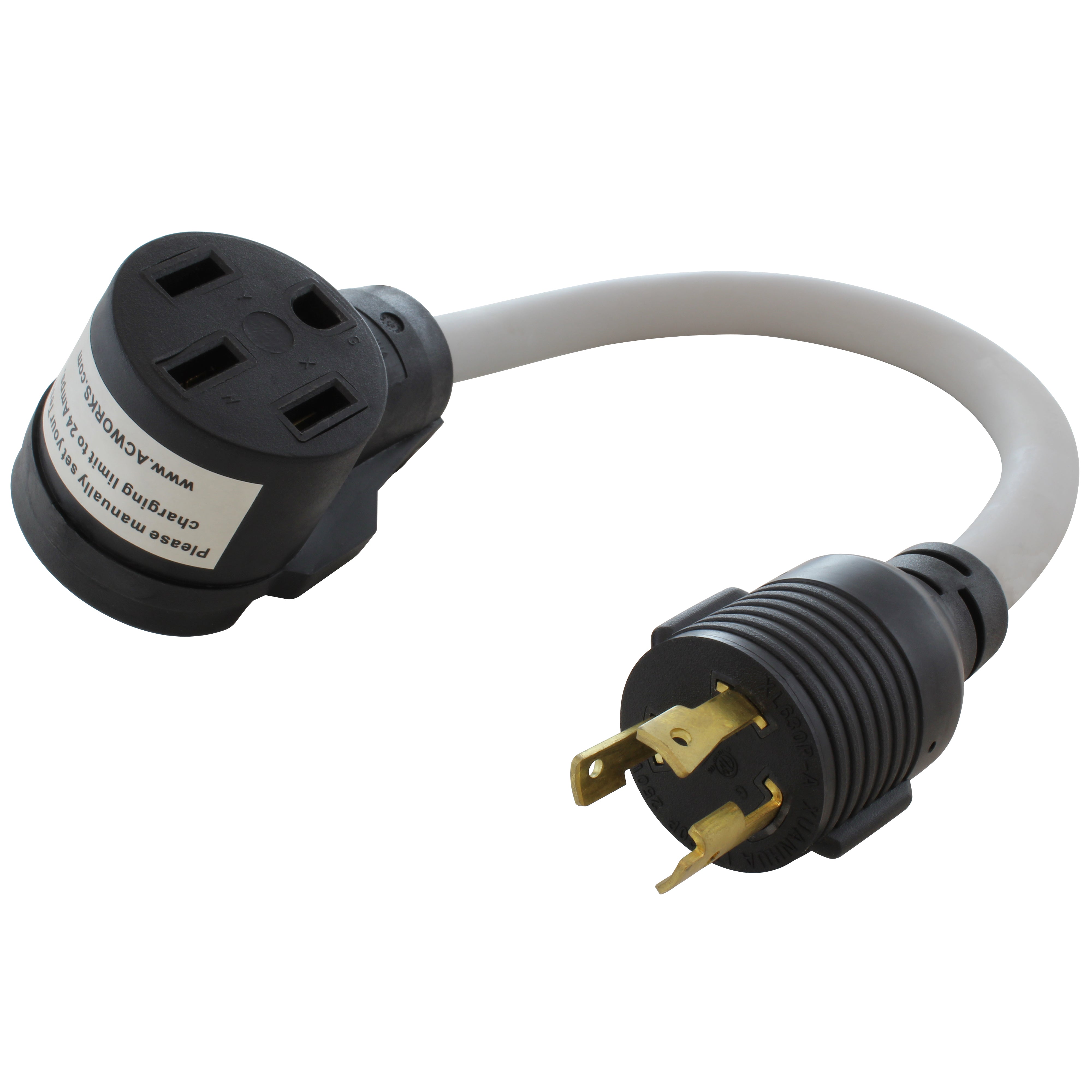
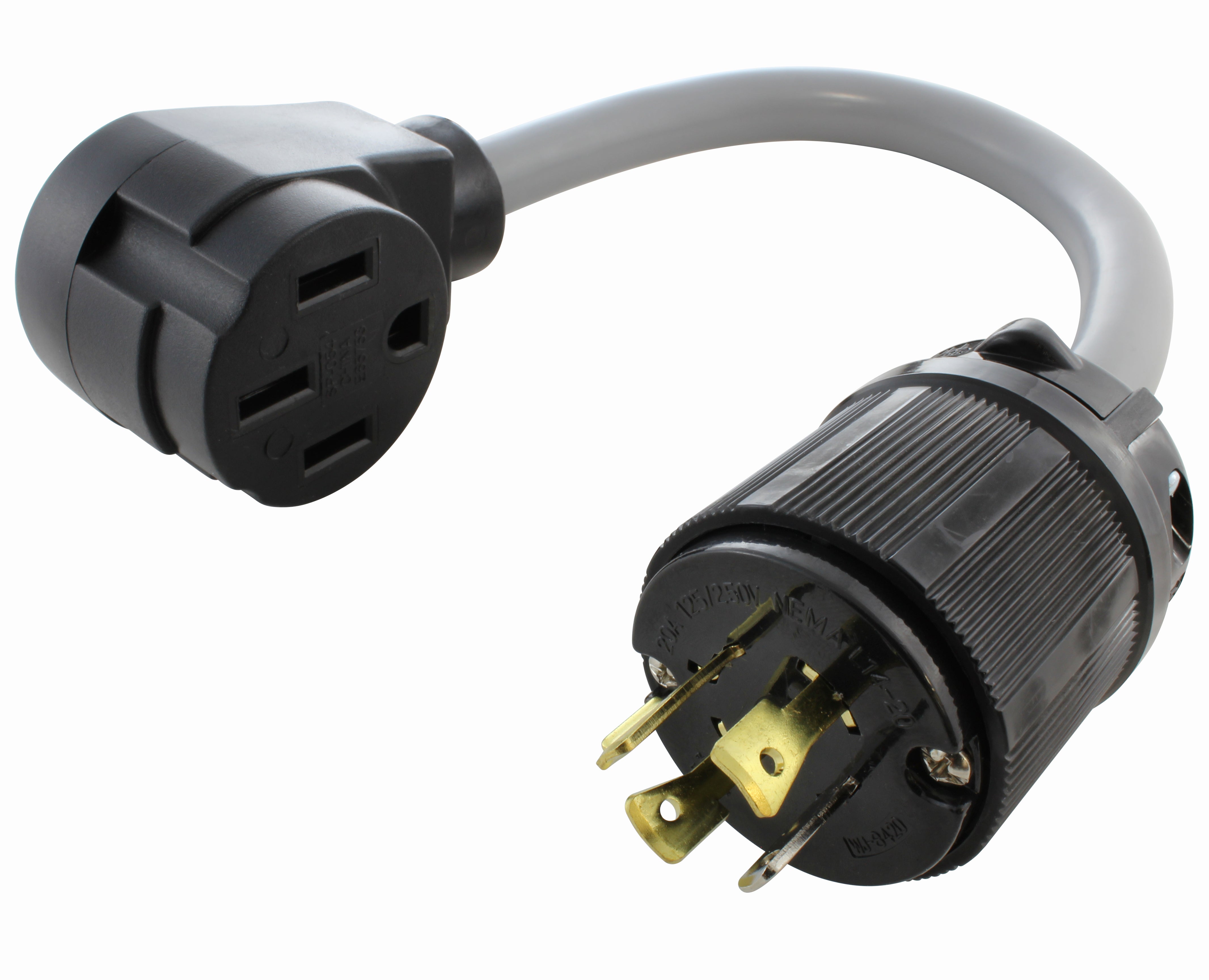

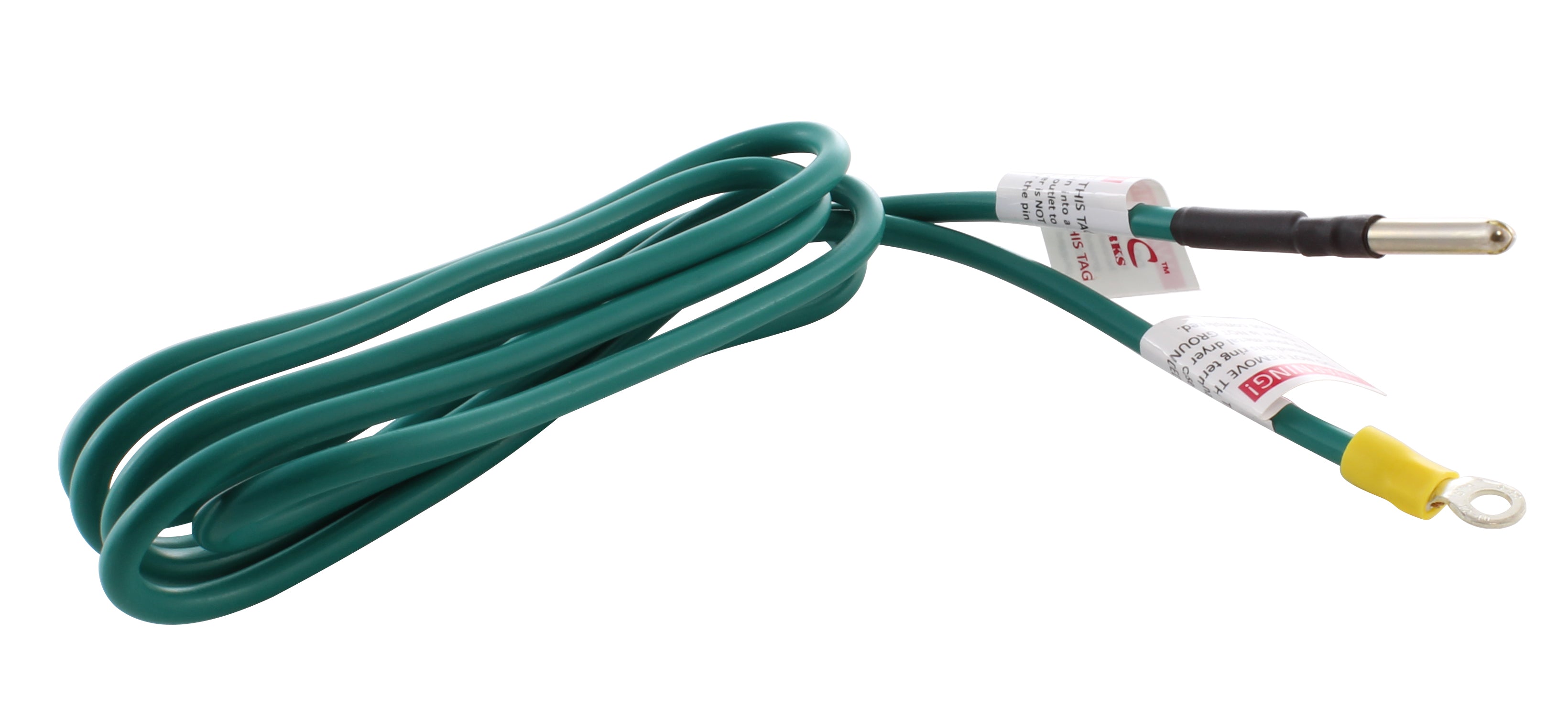

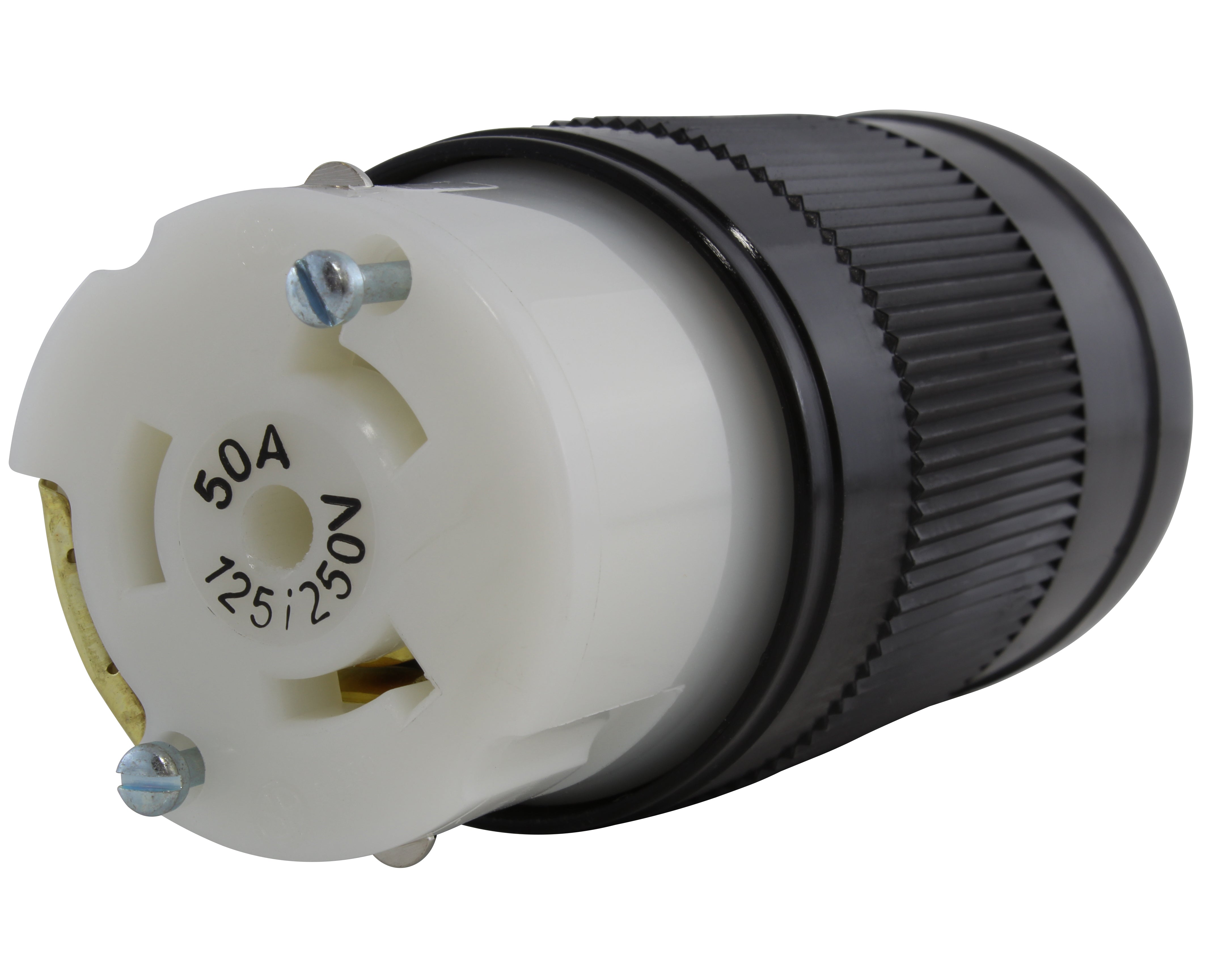

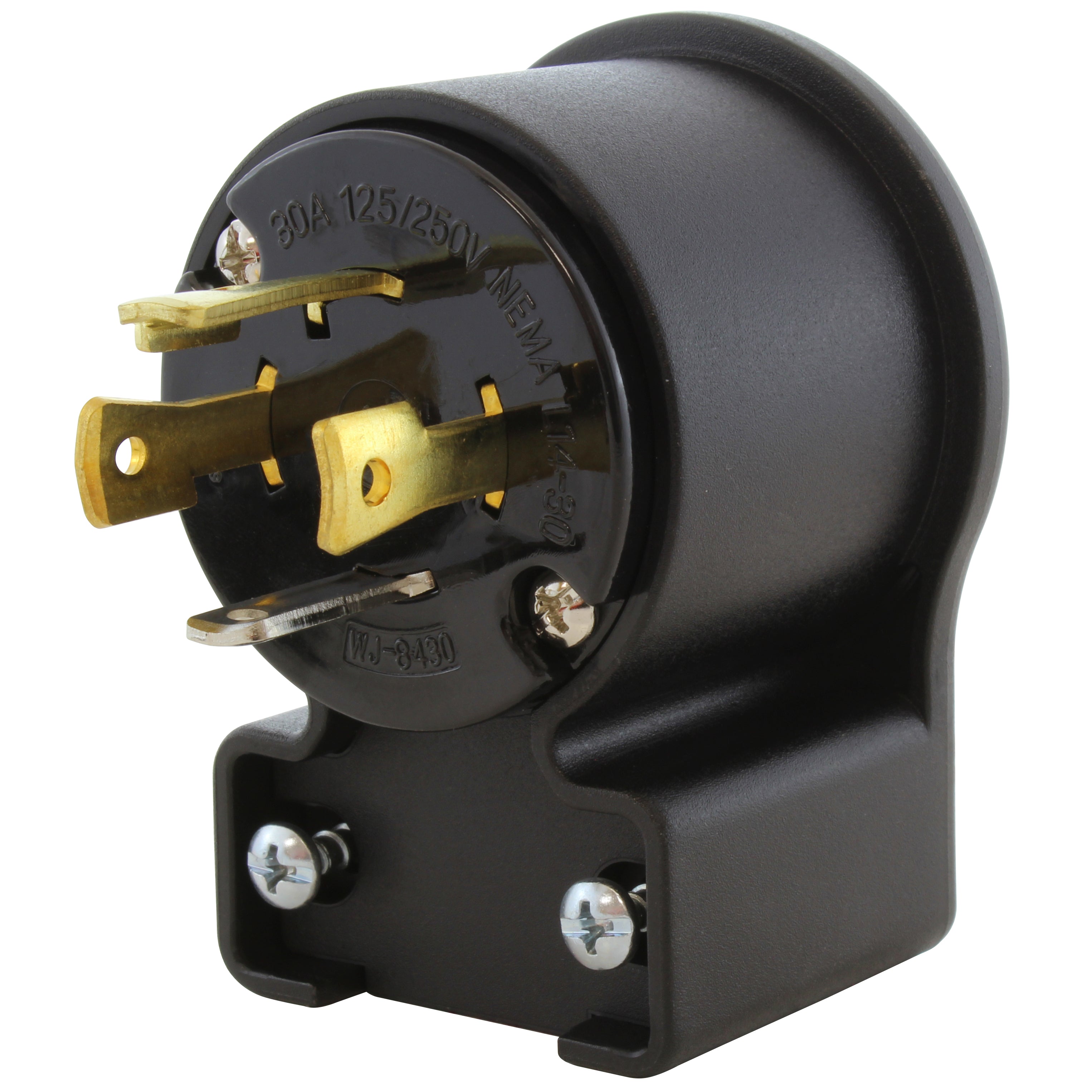
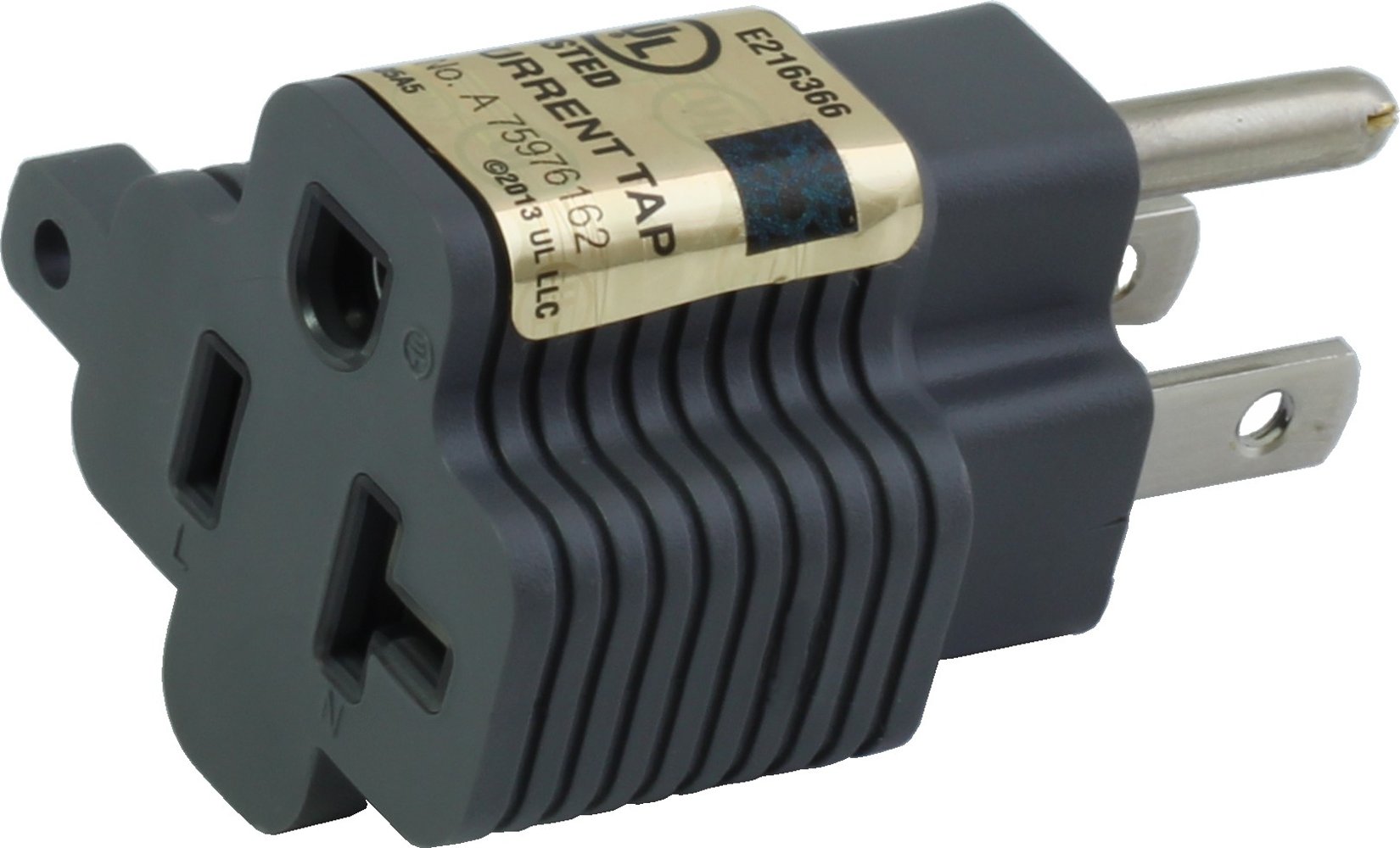
![AC WORKS® [ADV104] 3-Prong Heavy-Duty V-DUO Household Outlet Adapter](http://acworks.com/cdn/shop/products/ADV104-0.jpg?v=1605738768&width=3128)
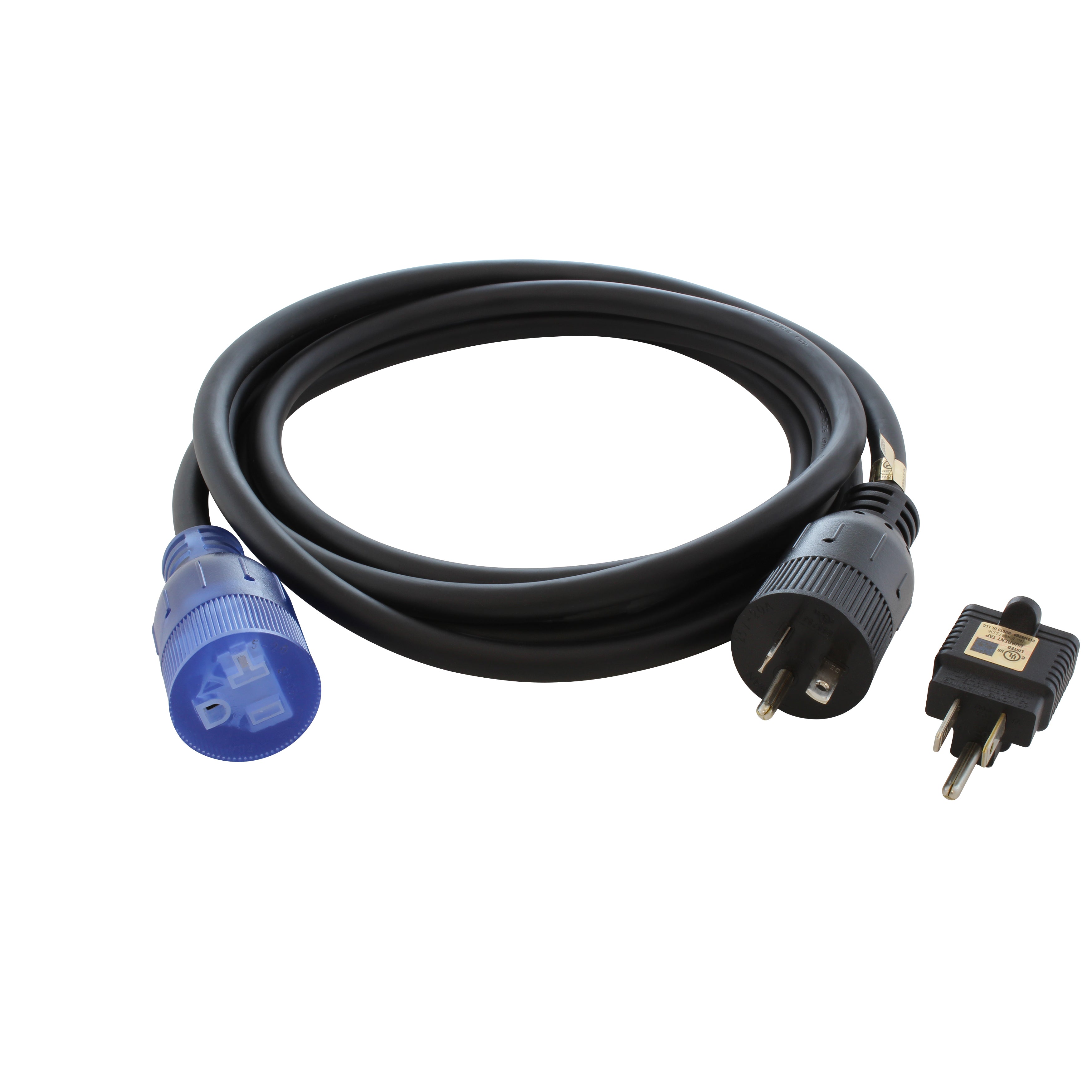
![AC WORKS® [XH515520] 15A to 15/20A 125 Volt Plug Adapter with ETL Safety Approval](http://acworks.com/cdn/shop/files/XH515520-0_daea425a-f439-48df-bb75-052167057f12.jpg?v=1729091519&width=2500)
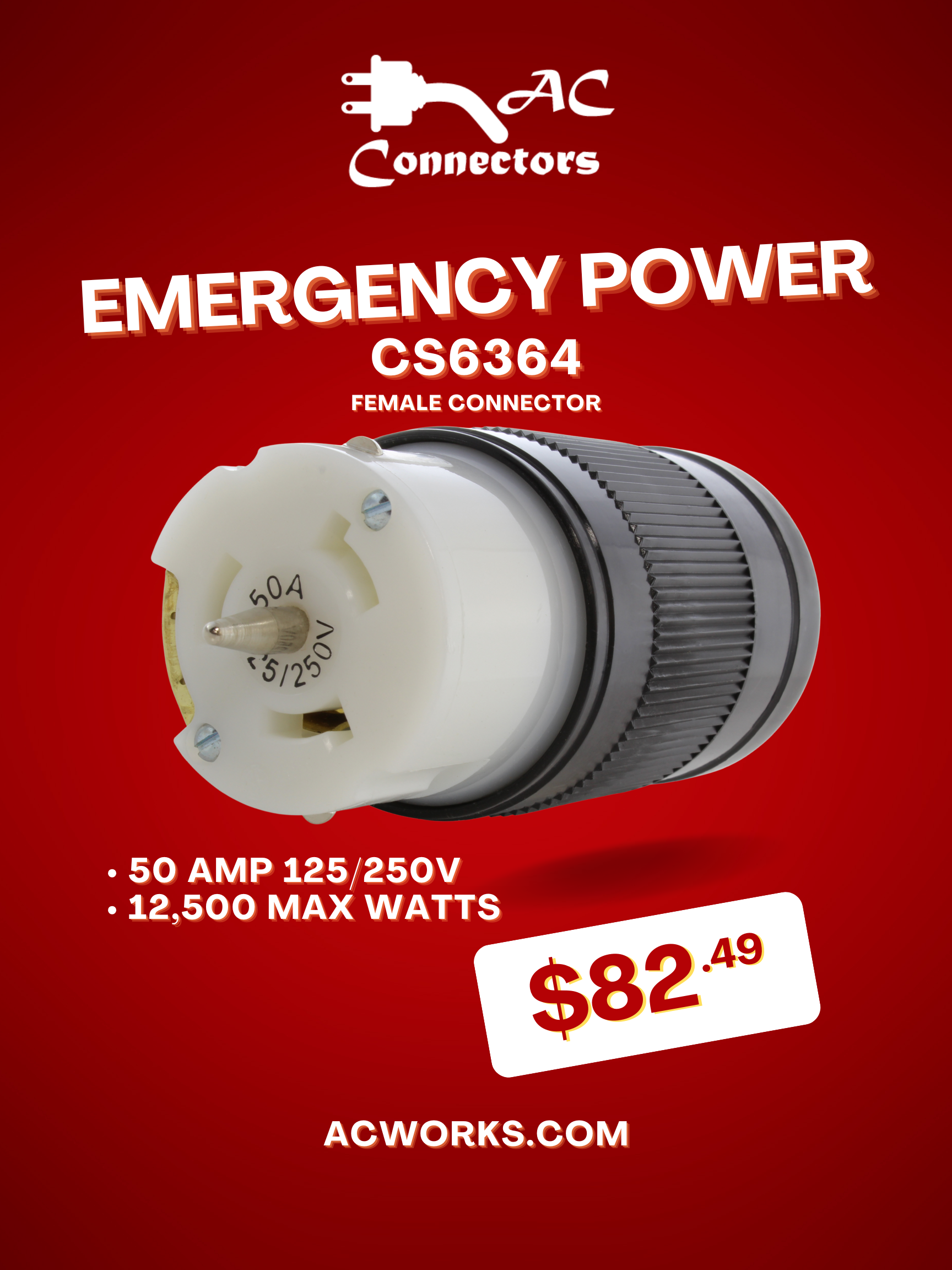


Share:
The Importance of Grounding
Things to Consider Prior to Purchasing an Electric Vehicle